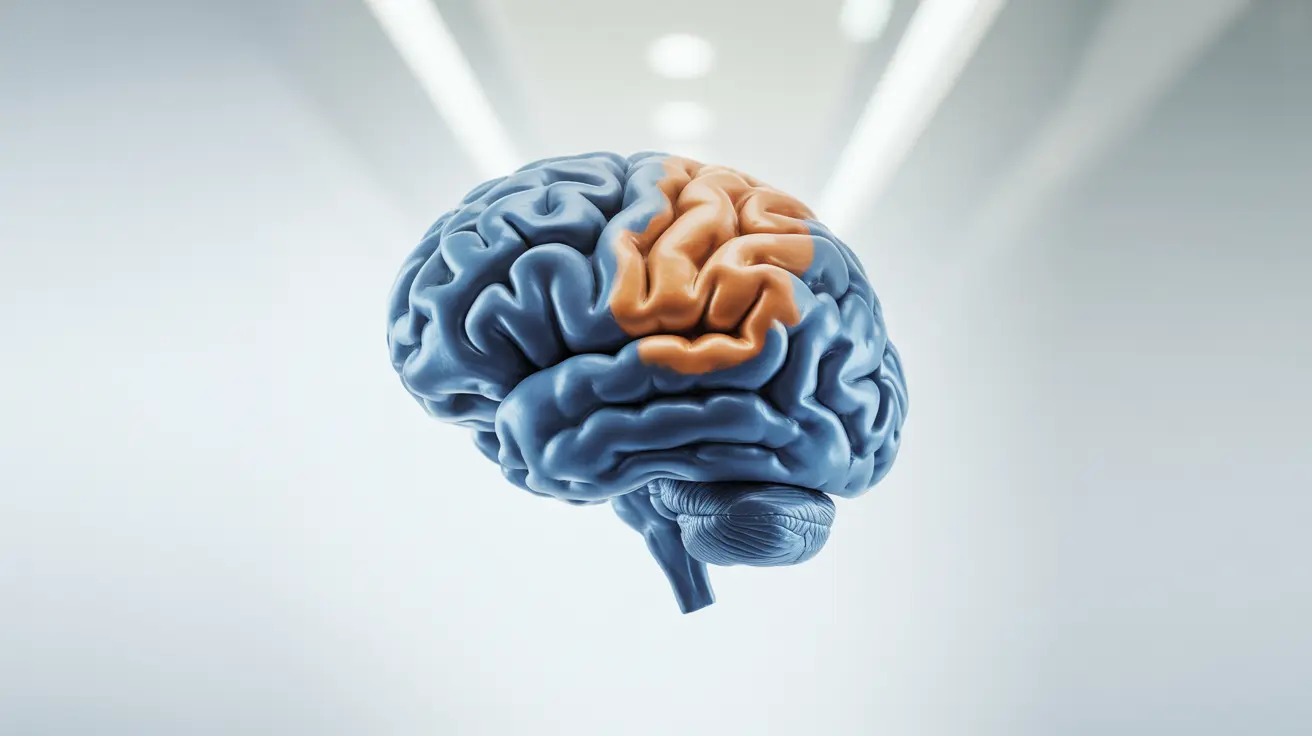Agnosia is a complex neurological condition that affects a person's ability to recognize and identify objects, people, or sensory information, despite having otherwise normal sensory functions. This fascinating yet challenging condition can significantly impact daily life, making routine tasks surprisingly difficult for those affected. Understanding agnosia is crucial for both medical professionals and families supporting individuals with this condition.
The condition typically results from damage to specific areas of the brain, rather than from problems with the sensory organs themselves. This means that while a person's eyes, ears, and other sensory organs work normally, their brain struggles to interpret and make sense of the information it receives.
Types of Agnosia and Their Characteristics
Agnosia manifests in several distinct forms, each affecting different aspects of perception and recognition:
Visual Agnosia
Visual agnosia impacts a person's ability to recognize objects through sight, despite having normal vision. People with this type might see a fork but be unable to identify what it is or its purpose. There are two main subtypes:
- Apperceptive visual agnosia: Difficulty forming coherent visual percepts
- Associative visual agnosia: Inability to assign meaning to correctly perceived objects
Auditory Agnosia
This type affects the ability to recognize or differentiate between sounds, even though hearing function remains intact. Individuals might hear a dog barking but not recognize it as such.
Tactile Agnosia
People with tactile agnosia struggle to identify objects by touch, despite normal sensory function in their hands. They might be unable to recognize familiar objects like keys or coins when handling them with closed eyes.
Causes and Risk Factors
Several factors can lead to the development of agnosia:
- Stroke or brain injury
- Neurological diseases
- Brain tumors
- Progressive neurological conditions
- Carbon monoxide poisoning
- Developmental disorders
Diagnosis and Assessment
Diagnosing agnosia requires a comprehensive neurological evaluation that typically includes:
- Detailed neurological examination
- Brain imaging studies (MRI, CT scans)
- Cognitive and perceptual testing
- Assessment of basic sensory functions
- Specialized recognition tests
Treatment and Management Strategies
While there's no direct cure for agnosia, several approaches can help manage the condition:
Rehabilitation Techniques
Occupational therapy and cognitive rehabilitation can help individuals develop compensatory strategies to navigate daily life more effectively. These might include using alternative sensory cues or developing new recognition methods.
Adaptive Technologies
Modern technology offers various tools and apps that can assist people with agnosia in identifying objects, faces, or sounds, helping them maintain independence.
Support Systems
Creating a supportive environment with clear labels, organized spaces, and routine patterns can help individuals with agnosia navigate their daily activities more successfully.
Frequently Asked Questions
- What are the main symptoms of agnosia, and how does it affect daily life?
The main symptoms include difficulty recognizing objects, faces, or sounds despite normal sensory function. Daily life can be significantly impacted, making simple tasks like identifying household items, recognizing familiar faces, or understanding environmental sounds challenging.
- Can agnosia be treated, or is it a permanent condition?
While agnosia itself cannot be cured, various rehabilitation techniques and adaptive strategies can help manage the condition. The potential for improvement depends on the underlying cause and the extent of brain damage.
- What are the different types of agnosia, and how do they affect perception?
The main types include visual agnosia (difficulty recognizing objects visually), auditory agnosia (problems recognizing sounds), and tactile agnosia (inability to recognize objects by touch). Each type affects a specific aspect of sensory perception while the actual sensory organs remain functional.
- How is agnosia diagnosed, and what role do brain imaging tests play in the process?
Diagnosis involves comprehensive neurological evaluations, cognitive testing, and brain imaging tests. MRI and CT scans help identify brain lesions or damage that might be causing the condition, while specialized tests assess specific recognition abilities.
- What strategies can help someone with agnosia adapt and manage their condition over time?
Effective strategies include working with occupational therapists, using adaptive technologies, maintaining organized environments, establishing routines, and utilizing alternative sensory cues. Support from family members and caregivers is also crucial for successful adaptation.




